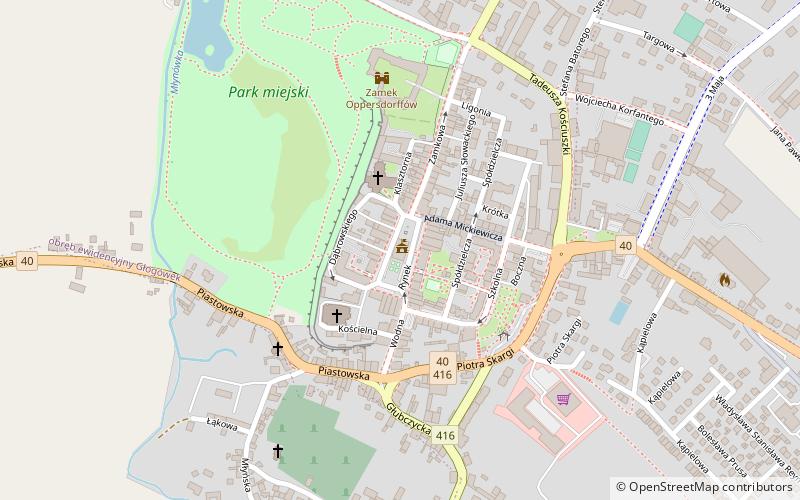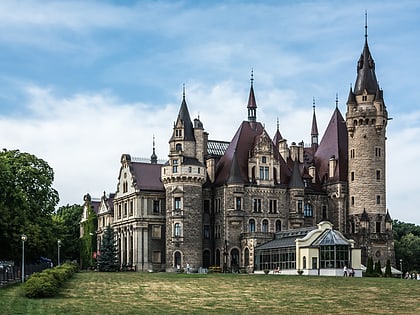Ratusz


Facts and practical information
In the heart of Poland's storied cities, the Ratusz stands as a testament to the country's rich architectural heritage and its civic history. Translating to "City Hall" in English, Ratusz refers not to a single place but to a type of building – the town halls that are often found at the center of Polish market squares. Each Ratusz is unique, reflecting the local character and history of the city it serves.
These imposing structures were traditionally the seat of municipal authority, where city leaders would convene to discuss and decide on matters of local governance. Beyond their administrative functions, many Ratusz buildings also served as the social heart of the city, hosting events and symbolizing the wealth and prestige of the town.
Architecturally, the Ratusz buildings vary widely, from Gothic to Renaissance, Baroque to Neoclassical styles, each telling a different story of the period in which they were built or refurbished. The Ratusz often features intricate facades, ornate clock towers, and sometimes an adjacent merchant's hall, reflecting the economic lifeblood of the city.
One of the most famous examples is the Ratusz in Wrocław, a Gothic masterpiece with parts dating back to the 13th century. Its elaborate astronomical clock and stunning meeting hall are standout features that attract visitors from around the world. Another is the Renaissance-style Ratusz in Poznań, which is famous for its mechanical goats that emerge from the tower to butt heads at noon, delighting onlookers.
1 RynekOpole
Ratusz – popular in the area (distance from the attraction)
Nearby attractions include: Moszna Castle, St. Brice's Church, Kościół par. pw. św. Bartłomieja, Kościół cmentarny pw. Świętego Krzyża.





